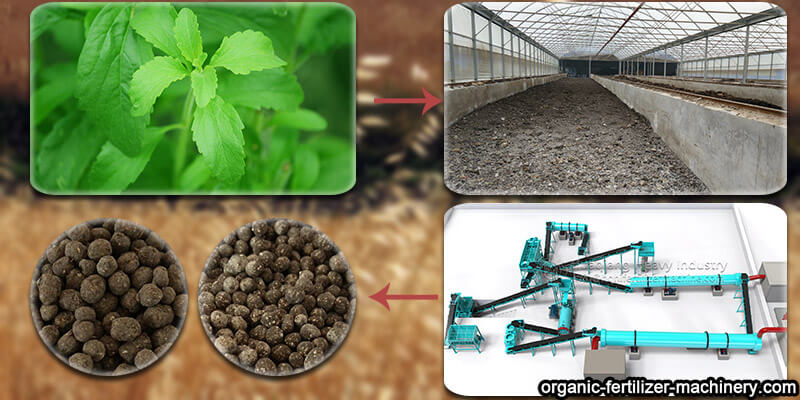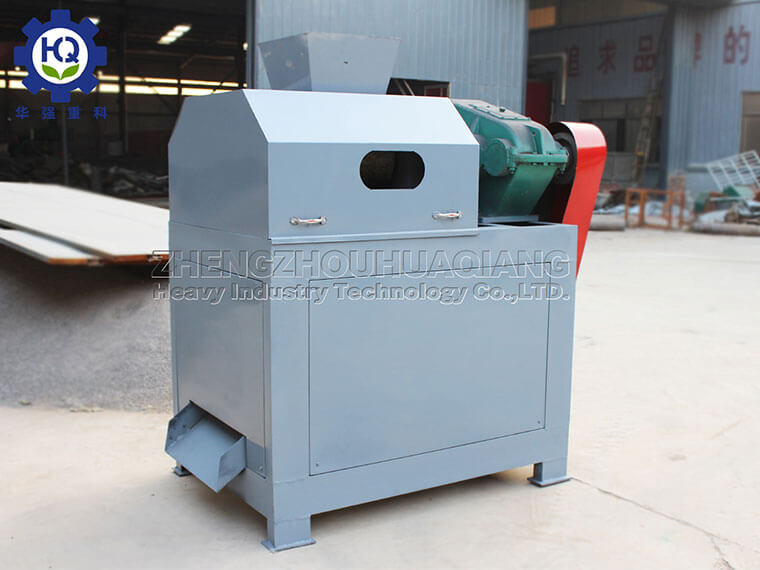How to solve the bloating generated during the processing of fertilizers in organic fertilizer production lines
The problem of bloating is caused by the reaction of two or more materials, which releases gas. During the production of fertilizers in organic fertilizer production lines, there are several types of materials that can produce bloating: borax, ammonium salts, fillers, and impurities. Borax contains a small amount of carbonate inside during the production process, so it is easy to release carbon dioxide gas and produce bloating when encountering acidic materials. If borax encounters zinc sulfate, ferrous sulfate, manganese sulfate, copper sulfate, or other acidic materials, it will produce bloating and agglomeration problems. Therefore, in the production process, it is necessary to prevent these materials from being placed together. Reasons and treatment methods for gas bloating during organic fertilizer production line operations:.jpg)
Ammonium salts generally release ammonia gas and swell when encountering alkaline materials or high temperatures. Therefore, when storing ammonium salt compound fertilizers, it is necessary to avoid mixing with alkaline materials. In addition, high temperatures should be avoided as much as possible during the production and transportation of ammonium salt fertilizers. Fillers are generally natural mineral products, such as hydrogenated calcium carbonate, kaolin, etc. These minerals contain more or less carbonate, and when encountering acidic substances, they will slowly release carbon dioxide gas and cause swelling. Therefore, when selecting fillers, inert fillers such as white carbon black, talc powder, starch sugars, etc. should be chosen as much as possible. Impurities are usually brought in by the raw materials of our production waste and mixed with our fertilizer to release gas. So when purchasing raw materials, it is advisable to choose high-quality, legitimate manufacturers that produce most of the raw materials, which do not contain too many impurities and naturally do not emit gas.
During the production process, people often encounter bottled liquids that also inflate. In addition to the several reasons we discussed earlier, there is another reason. Some bottle manufacturers add carbonate raw materials to the bottle raw materials in order to reduce costs, increase the hardness and weight of the bottles, and most of the liquid fertilizers we produce are slightly acidic. When the two meet, carbon dioxide gas is released, resulting in bloating.
To prevent bloating, pay attention to the following issues. Reasonably mix and match raw materials to prevent chemical reactions between them; Purchasing qualified raw materials should not blindly pursue low costs, as purchasing unqualified products can easily cause bloating; Conduct a small experiment, which involves sealing the raw materials in plastic bags according to the ratio, leaving them at room temperature for 3-7 days. If the bags do not swell, large-scale production will be carried out.
In this rapidly rising information age, if the organic fertilizer production line wants to develop better, it needs to get used to the competition and progress of the market, constantly accelerate the speed of upgrading, and also accelerate the production efficiency of enterprises, so that the organic fertilizer production line can be recognized by more users in the market, more used in the development of agricultural ecology, and promote the continuous progress of green agriculture in China.
.jpg)
.jpg)

.jpg)




